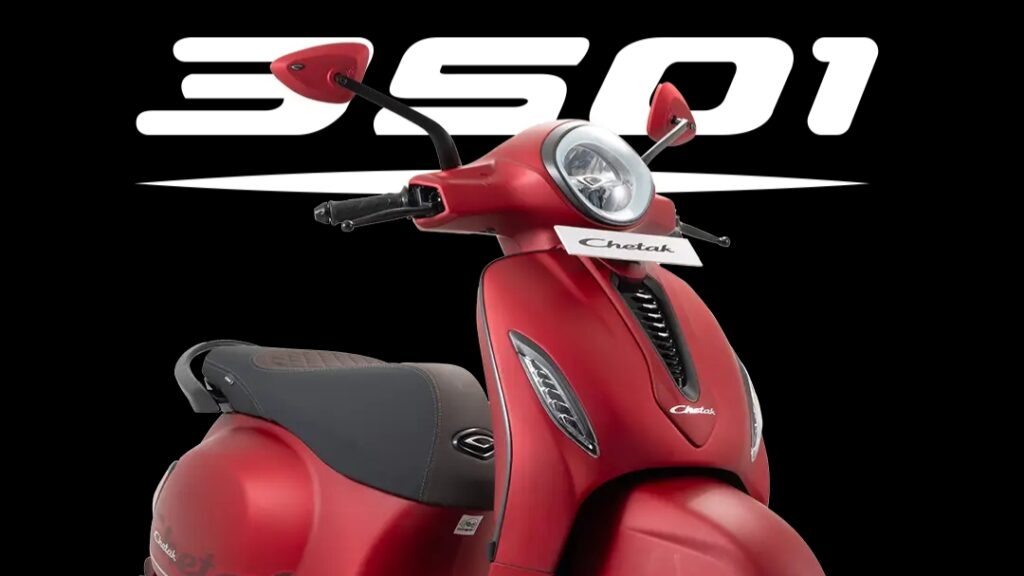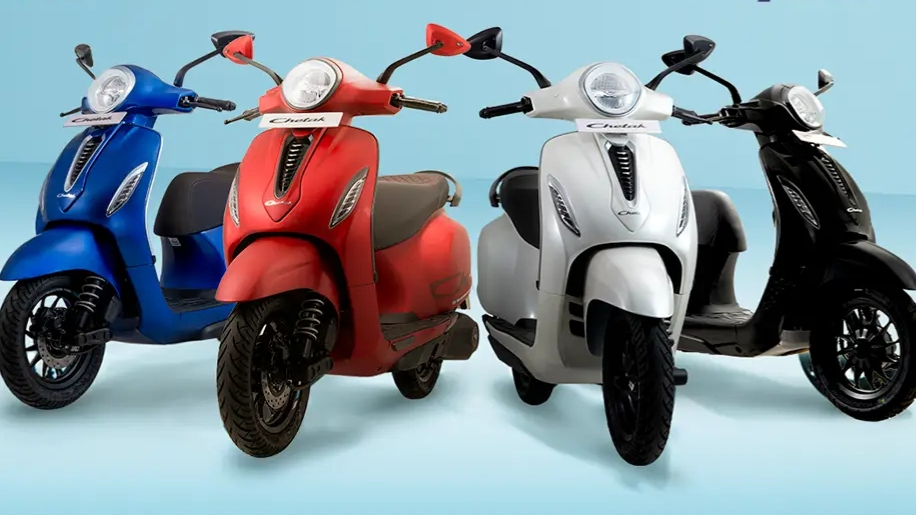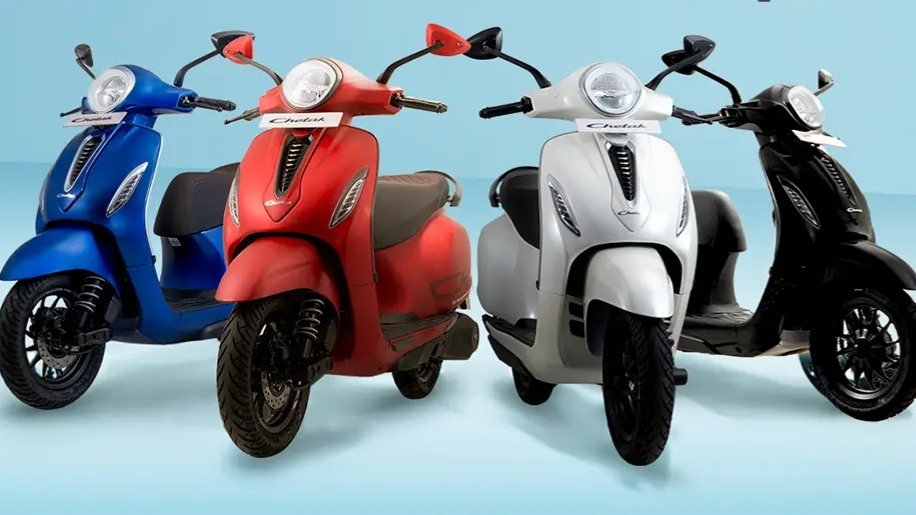
| Rank | Scooter Model | Units Sold (June 2025) | Units Sold (June 2024) | YoY Change (%) |
|---|---|---|---|---|
| 1 | Honda Activa | 183,265 | 233,005 | -21.3% |
| 2 | TVS Jupiter | 107,980 | 72,154 | +49.6% |
| 3 | Suzuki Access | 51,555 | 52,164 | -1.2% |
| 4 | Honda Dio | 35,308 | 46,173 | -23.5% |
| 5 | TVS Ntorq | 28,145 | 32,556 | -13.5% |
| 6 | Bajaj Chetak (EV) | 17,864 | 16,698 | +7.0% |
| 7 | Suzuki Burgman | 15,733 | 15,107 | +4.1% |
| 8 | Yamaha Ray-Z | 14,274 | 15,185 | -6.0% |
| 9 | TVS iQube (EV) | 14,244 | 15,217 | -6.4% |
| 10 | Ola S1 (EV) | 13,436 | 24,526 | -45.2% |
June 2025 scooter sales in India fell by around 8.7% compared to June 2024, hitting 472,205 units versus 517,126 units. Despite this, the classic Honda Activa still topped the charts with 183,265 units, holding a 38.8% market share, even though its sales dropped 21.5% YoY.
Following behind, the TVS Jupiter surged to No.2 with a 49.8% growth, 57,880 more units than the previous year, totaling 107,980. Suzuki Access held steady in third place, selling 51,555 units (-1.2%).
How Electric Scooters Did in This Already Competitive Top 10
- Bajaj Chetak made the strongest EV statement, growing 7.0% to 17,864 units and grabbing the title of India’s best-selling electric scooter in June (RushLane).
- TVS iQube remained modest with 14,244 units (-6.4%).
- Ola S1 saw a steep 45.2% decline, selling just 20,190 units compared to last year.
- Suzuki Burgman gained traction (+4.1%) with 15,733 units.
- Yamaha Ray-Z edged back, down 6.0% to 14,274 units.
So, all told, 5 of the Top-10 scooters were petrol-powered, with only three pure EVs managing to stay on that list.
Fresh Insights: EVs Gaining Ground

- EV Penetration Is Rising: Electric scooters captured around 7.3% of total two-wheeler sales in June up from 6.1% in May. That signals stronger acceptance in a petrol-heavy market.
- Legacy Brands Winning in EV Space: In the EV leaderboard for June, TVS, Bajaj, Ola, and Ather stood atop, with TVS and Bajaj now jointly owning nearly 46% of EV market share a big shift from the early Ola dominance.
- Chetak’s Surprise Success: Bajaj launched the new Chetak 3001 in April. Within two months, Chetak claimed its spot as the No.1 EV scooter even outselling others in a month traditionally led by petrol models.
- TVS iQube’s Supply Constraints: TVS sold 14,244 iQubes in June even amid magnet shortages impacting production. That suggests actual demand is even higher.
- Ola’s Trouble on Wheels: Ola S1 sales plunged 45% YoY. Whether it’s price, quality, or service issues, one thing’s clear, early EV lead isn’t guaranteeing long-term success.
Also Read: Home Charging for Honda Activa E: Coming Soon?
What This Means for You and the Market
- EVs are cracking open mainstream volume segments: The leap from 6% to 7% EV share in just a month shows buyers are warming up and fast.
- Legacy brands with solid after-sales networks (TVS, Bajaj) are winning. Their market strength lies in reliability and confidence.
- New launches, like the Chetak 3001, can disrupt quickly. market surprises don’t always follow the expected pattern.
- Supply chain matters! TVS iQube shows that even strong demand is hamstrung by component issues like magnet shortages.
Where to Watch Next
- Will the EV slice grow beyond 10% by the end of 2025? Government incentives and new EV models might push that.
- Can Ola bounce back with a stronger model or better service?
- How will traditional scooter giants like Honda and TVS lean more into EV to maintain market share?
In short, while petrol scooters still dominate the top ranks, electric two-wheelers are entering fast and backed by strong data, eager consumers, and new product launches.

This guy loves to break down Ola, Ather, and iQube news faster than your scooter charges. He reports EV scooter news with more drama than a daily soap. From Ola’s app bugs to iQube’s silent updates, he covers it all. Expect range anxiety, but never content anxiety!

